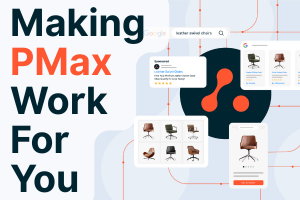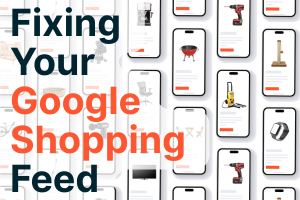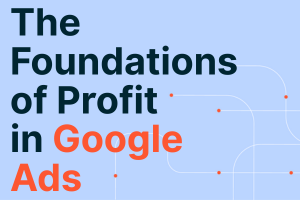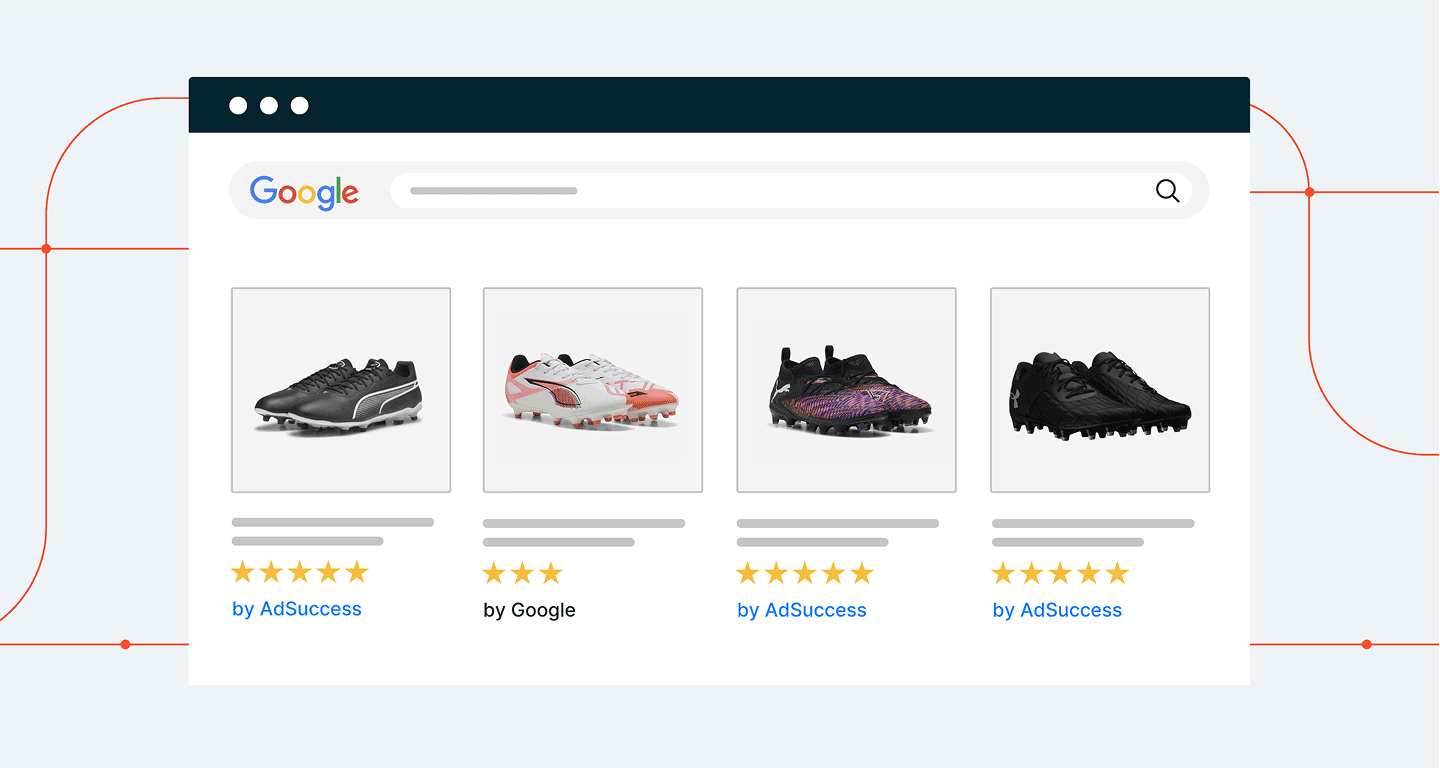
Making Performance Max Work for Online Retailers
Introduction
Performance Max (PMax) is Google’s flagship campaign type. It promises automation and reach – but for many retailers it feels like a black box.
On paper, results often look good. But when we dig deeper in audits, we find the majority of spend flowing into branded search or retargeting – sales the retailer would have likely captured anyway. That means wasted budget and misleading results.
Done right, PMax can drive incremental profit. The key is how you structure it – and the questions you ask to stay in control.
3 Common PMax Profit Leaks
1. The “one bucket” problem
Do we run one giant PMax campaign, or segment by product role (bestsellers, long-tail, high-margin, seasonal)? One bucket gives Google free rein – and it usually favours the easy wins.
2. Cannibalising existing sales
Can we prove PMax is driving incremental sales, or is it just claiming conversions we’d have got from branded search anyway?
3. No role-based structure
Do we treat all products equally? PMax needs different rules for hero SKUs, high-margin items, and products with low traffic.
Case in Point: When PMax Ate the Budget
We audited a retailer spending £50K a month.
On paper, PMax looked strong: stable ROAS, steady sales. But deeper analysis showed:
- 70% of conversions came from branded search
- Mid-margin and long-tail products barely got exposure
- Incremental sales were far lower than reported
The fix was to restructure. By splitting PMax into campaigns by product role and layering in margin data, spend shifted towards profitable growth. Contribution margin rose – proving that structure, not spend, made the difference.
The Founder’s Checklist: PMax
-
Do we run one big PMax campaign, or segment by product role?
-
Can we prove PMax delivers incremental sales, not just shifted sales?
-
Have we tested feed-only vs full PMax to see what really drives profit?
-
Do we know which SKUs Google prioritises in PMax – and why?
-
Do we have controls to stop Google overspending on “easy conversions”?
Closing Note
PMax isn’t good or bad in itself. The difference is control.
If you don’t ask the right questions, Google decides where your budget goes. If you do, PMax can be structured to deliver incremental profit – not just vanity results.





